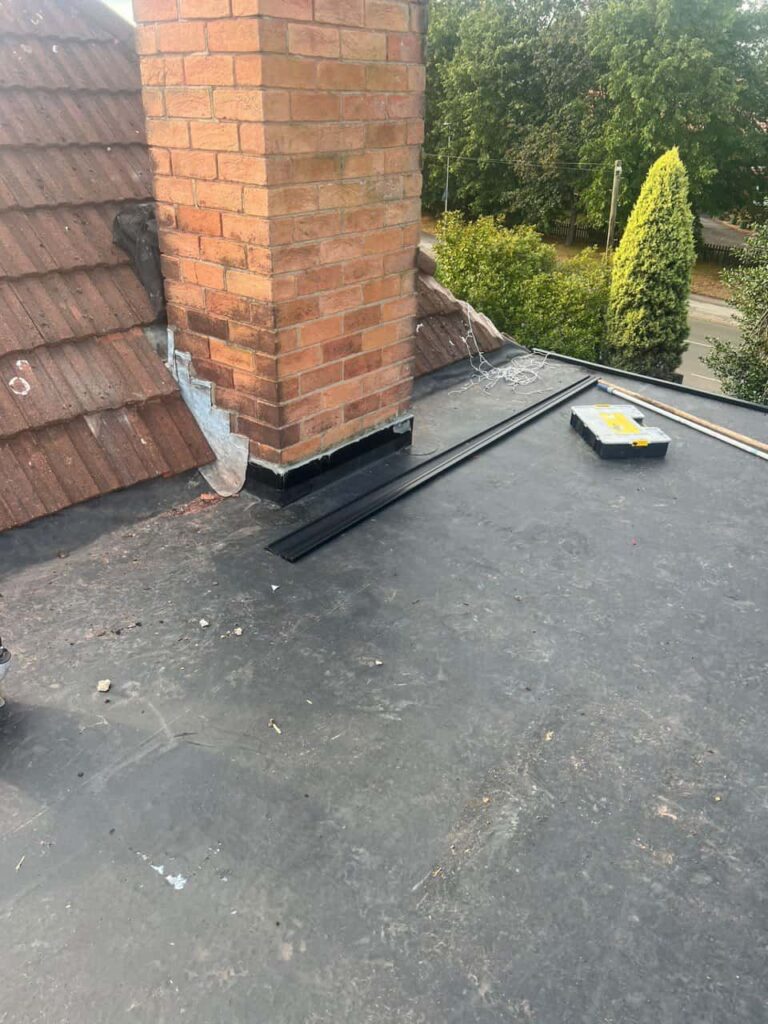Introduction: Proper ventilation is crucial when considering a roof replacement. At Countesthorpe Roofing Repairs, we understand that adequate ventilation plays a significant role in the longevity and performance of your new roof. Here’s why ensuring proper roof ventilation during replacement is essential for your home.
1. Preventing Moisture Buildup
Condensation Control: Proper ventilation helps expel excess moisture from the attic and roof space. This reduces the risk of condensation, which can lead to mould growth, rotting of the roof structure, and insulation damage.
Heat Regulation: Effective ventilation regulates attic temperature, preventing excessive heat buildup in summer and reducing the strain on air conditioning systems.
2. Extending Roof Lifespan
Reduction of Heat Stress: A well-ventilated roof maintains more consistent temperatures across its surface. This prevents shingles or roofing materials from overheating, which can lead to premature deterioration and cracking.
Preservation of Materials: Good airflow helps to keep roofing materials dry and prevents them from becoming brittle or warped due to prolonged exposure to moisture.
3. Improving Energy Efficiency
Reduced Cooling Costs: Proper ventilation reduces the need for air conditioning during hot weather by controlling attic temperatures, thereby lowering energy consumption and utility bills.
Enhanced Air Circulation: Ventilation facilitates natural airflow through the attic, reducing the workload on mechanical ventilation systems and improving overall energy efficiency.
4. Enhancing Indoor Comfort
Temperature Regulation: A well-ventilated roof helps to maintain a more comfortable indoor environment by preventing heat buildup in the upper levels of the house.
Air Quality: Good ventilation reduces the accumulation of pollutants and allergens in the attic, improving indoor air quality.
5. Meeting Building Regulations
Compliance: Building regulations often require adequate roof ventilation to ensure structural integrity and prevent issues related to moisture and condensation. Proper ventilation during replacement helps to meet these standards.
6. Choosing the Right Ventilation System
Types of Vents: There are various roof vents, including ridge vents, soffit vents, gable vents, and turbine vents. The choice depends on roof design, climate, and attic space configuration.
Professional Installation: It’s crucial to consult with roofing experts like Countesthorpe Roofing Repairs to determine your home’s most effective ventilation system and ensure correct installation.
Conclusion: Proper roof ventilation is not just a matter of comfort but also a critical component in maintaining your home’s structural integrity and energy efficiency. By addressing ventilation needs during roof replacement, you can prevent costly repairs, improve indoor air quality, and extend the lifespan of your roof.
Call us on: 0116 216 1796
Click here to find out more about Countesthorpe Roofing Repairs
Click here to complete our contact form and see how we can help you with your roofing needs.

